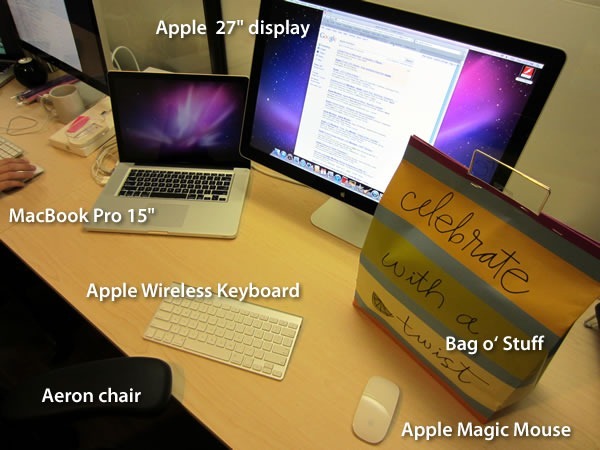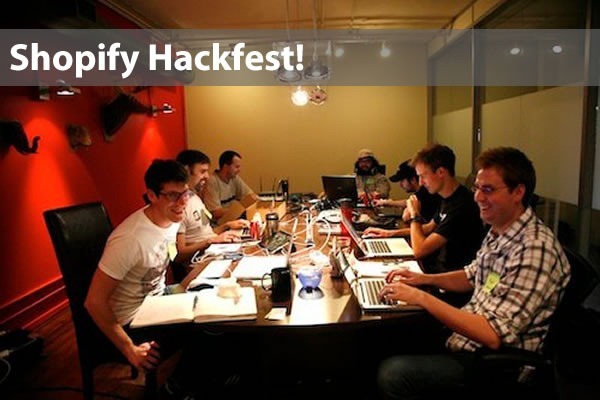
Hey, developers from Ottawa and parts nearby!
- Are you interested in building innovative, novel apps on the Shopify ecommerce platform?
- Have you got “the skillz to pay the billz”?
- Are you available on Saturday, November 19th?
If the answer to that last question is “Maybe!”, we’d love to see you at Shopify’s Ottawa Hackfest taking place that day.
We’re celebrating our recent round of new funding. As my coworker David Underwood puts it:
Shopify is throwing an all day hack event the like of which has been seen several times before. That doesn’t make it any less fun though, I promise.
With a stunning endorsement like that, how can you possibly choose to miss this event?
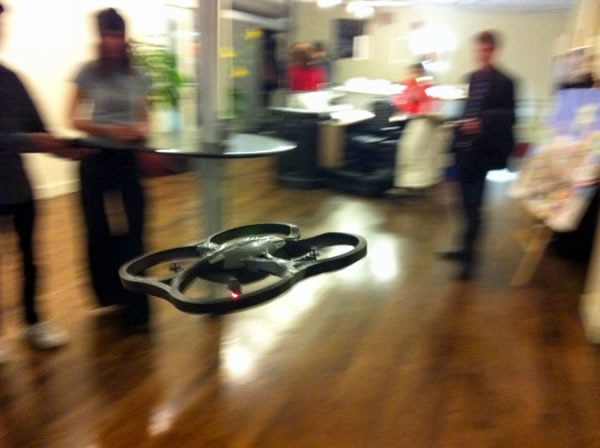
When and Where
- The Date: Saturday, November 19th
- The Time: 9:30 a.m. – 6:00 p.m.
- The Place: Shopify’s Offices, 61A York Street, in the heart of ByWard Market
So How Does This Work?
Everyone shows up in the morning ready to start coding at 10 a.m.. We provide you with food, drink, and assistance throughout the day as you build the best Shopify app you can. At 5 p.m., work stops and everyone with a working demo presents what they’ve done. We pick our favourite projects and award fabulous prizes for them. Then everyone retires to a nearby pub and parties into the night.
Who Will Be There?
Shopifolk (Shopify employees) will be on hand to provide assistance throughout the day. And of course, your teammates/competitors will be there too.
Why Are You Doing This?
Because we can! We have to spend that $15 million we raised somehow, you know. We’re also always on the lookout for new talent to join the Shopify team, so don’t be surprised if someone takes a shine to you.
What Will Be Provided?
- Breakfast
- Lunch
- Video games (Street Fighter 4!)
- Workspaces with power and wireless internet
- Fabulous prizes (to be announced)!
What Should I bring?
- Laptop
- Power supply
- Your enormous intellect
- Beverage container (e.g. travel mug)
What Should I Build?
Anything you want! The only restrictions are that it has to use our API and has to work for a demo at the end of the day. If you don’t have an idea or a team to work with, we’ll match you up with people/projects when you arrive. You can also have a look at our app wishlist if you’re stumped and want a head-start.
Ok, I’m Convinced. Where Do I Sign Up?
Go here to register. Spaces are limited, so don’t dawdle. We’re looking forward to seeing you there!
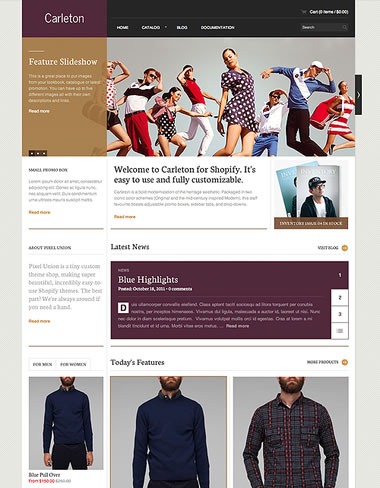
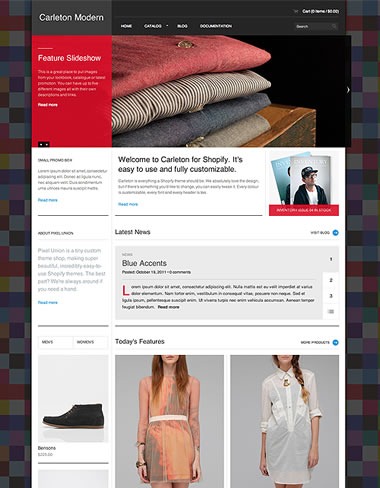
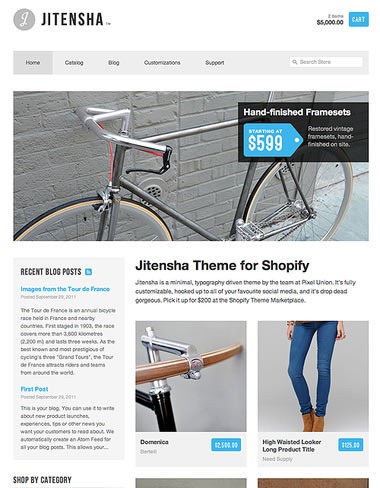
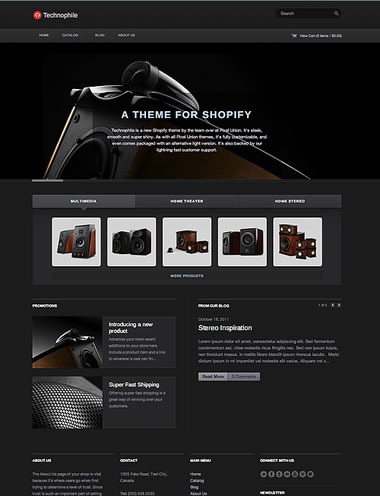
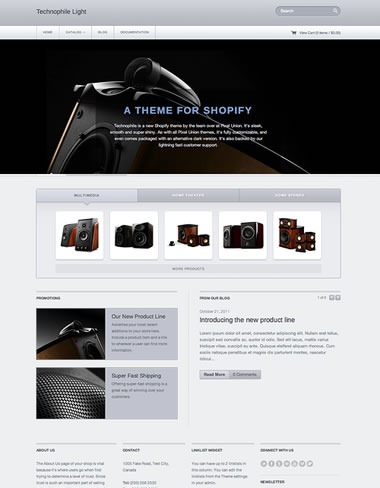
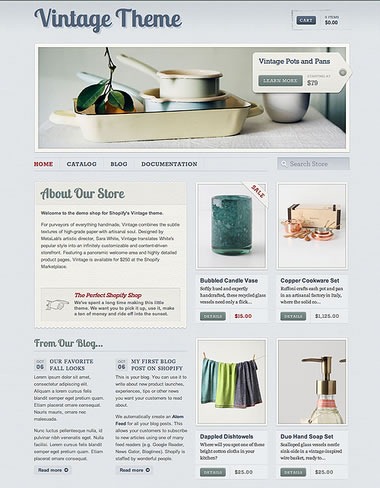
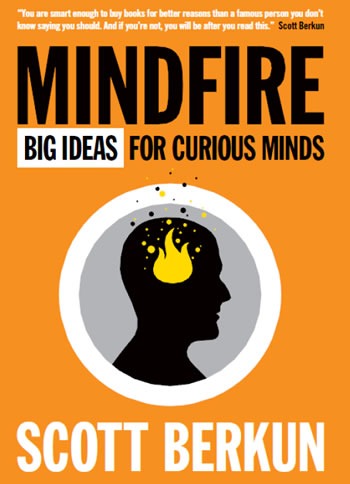
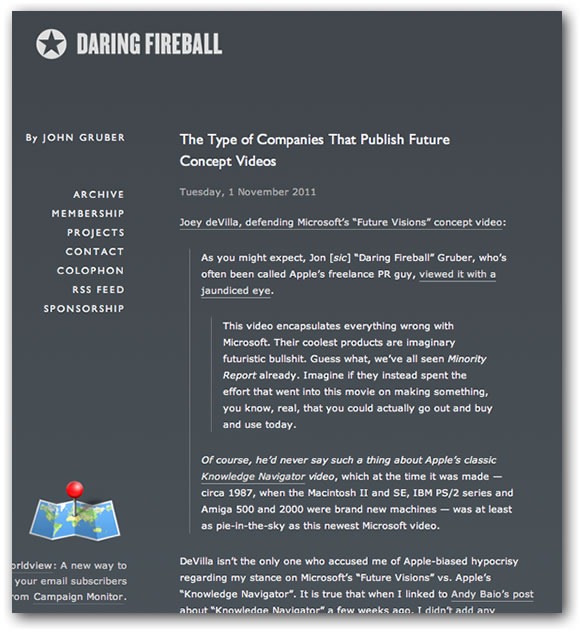
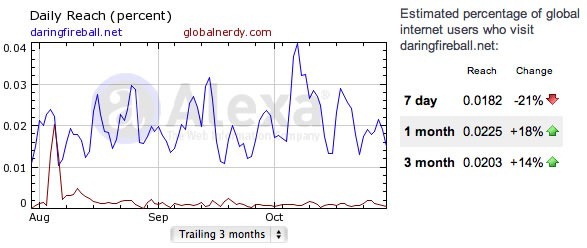


 You’ll have a pile of pages or you won’t.
You’ll have a pile of pages or you won’t.
